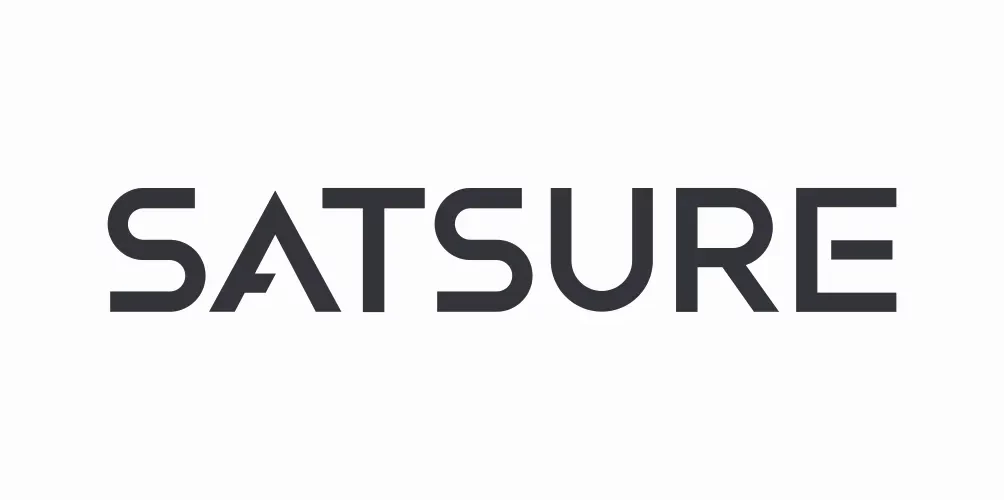A report by Swiss Re states $202 billion in global economic losses from natural and man-made catastrophes in 2020, of which secondary perils drove around 70%. The general description of primary and secondary perils in the insurance industry is that primary perils are large-scale catastrophes like earthquakes and cyclones, while secondary perils can be natural catastrophes of low to medium magnitude, having higher frequency like hails, floods, droughts, wildfire etc.
Irrespective of the kind of peril, crop insurance plays a very important role in reducing the crop production risk for countries globally. The two critical components for a success or failure of a crop insurance program are premium calculation and claim settlement methodology. India has implemented the Pradhan Mantri Fasal Bima Yojana (PMFBY) with a list of notified crops. In this scheme, historical yield plays a very important role in defining the premium calculated at an insurance unit level, where the threshold yield is calculated with the average of 7 year yield data of the crop for the region with 2 years of exemption for claims.
Role of Moral Hazard in Insurance
India has adopted a notified area level insurance scheme where depending on the stage of the crop growth and associated damage in the area, the indemnity is defined. For instance, in case of prevented sowing, the insurance Company liability is limited to 25% of the sum insured subject to notification by Government about the sowing failure and the approximate percentage of area affected.
Two factors play an important role in assessment of a claim.
- The cause of a damage
- The timing of the damage
Insurance companies rely on physical field visits to assess both the factors and validate the claims. However, when the claim has to be settled for an entire area, moral hazard can lead to miscalculations on the claims. There are several cases where such scenarios come into picture. Questions which are asked by insurers are:
- Does this land belong to the farmer who has applied for the insurance scheme?
- Was the crop insured grown?
- What is the total area of the land? Is it the same as insured?
- Was the crop insured grown on the entire land parcel as suggested by the farmer?
- Is there a co-relation between an indemnity and damage?
These are questions highlighted at individual farmer level and requires higher operational and administrative costs to validate in person. These questions are undertaken as a part of the ‘Loss Assessment Survey’ where ‘Enrollment Form’ is used to validate the ownership details of the land through physical visits. How can technology play a role in helping insurance companies optimize their efforts and costs in the Loan Assessment Survey?
Solving the Problem of Moral Hazard
SatSure has generated a database for certain states in India which have digitised the land boundaries. What this means for insurance companies is, if a khasra number (7/12 or land record data) is available, the associated information can be fetched immediately by the insurance company. This information is as follows:
- Location of the farm land with latitude and longitude details
- Area of the farm
- Ownership of the farm
In addition to this information, SatSure provides remote access to datasets derived using earth observation satellite data like:
- Crop grown
- Monitoring crop growth stages
- Damage assessment at insurance unit and farm level
Thus, SatSure is able to provide all the necessary datapoints required by an insurance company to assess and verify the claims as a part of the loss assessment survey.





Add comment